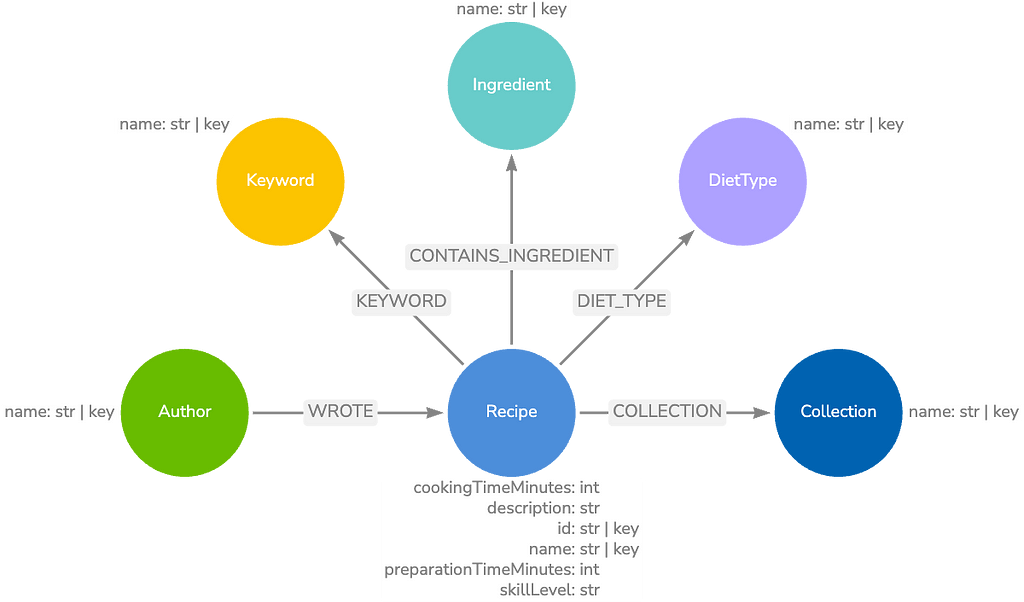Turning Data Into Actionable Knowledge: 5-Minute Interview with David Meza

Senior Manager, Content, Neo4j
4 min read

In this week’s five-minute interview (conducted at GraphTour DC 2019), we speak with David Meza, Chief Knowledge Architect at Johnson Space Center, about how Neo4j has helped NASA capture and connect decades of lessons learned.
What made you choose Neo4j?
David Meza: I’m a database developer from way back. One of my functions several years ago was to look at our Lessons Learned Database, to understand how we can improve upon it, and how we can search through it and find data a lot faster.
It was in an SQL database and it was very difficult to find information. Part of my role is to look at the technology that’s out there.
I came across graph databases and found this little company (at that time) called Neo4j. I started looking into the capabilities of utilizing Neo4j, primarily because at Johnson Space Center we work with a lot of engineers, and the visualization aspect of the graph made it a lot easier for engineers to see the data and the connections in the data.
What is your favorite aspect of Neo4j?
Meza: When I look at Neo4j, what resonates with me is its visualization capabilities. Being able to see a large amount of data on one page and the connections between it and being able to visualize how those entities or those nodes are related to each other.
It helps me, especially in some of the research we do, that it can tell us where we’re missing research and where we need to improve upon it.
What have been the most surprising results you have seen from Neo4j?
 Meza: I think part of it is the speed, being able to quickly pull information out of a lot of data that’s there.
Meza: I think part of it is the speed, being able to quickly pull information out of a lot of data that’s there.And I’ve noticed that the queries run a lot faster in Neo4j than in my SQL databases, but the biggest concept is being able to see the connections across the information that you wouldn’t normally see.
When you do a query and get your result set back, normally you get pages upon pages upon pages of data. I tried the same thing with Neo4j. I did a search, utilizing a correlation analysis to look at different topics, and these topics were connected based on their values. I might have found this on the 10th or 11th page of a standard keyword-based search, but with Neo4j, it popped up right away.
I could see the connection between topics that by name alone looked very different, but that had information relevant to the topic that I was looking for.
If you could go back to when you started using graphs, what would you change?
Meza: One of the things I wish I had done is to really get a better understanding of how Cypher works. I tended to just look at the examples. I would have gotten up to speed a lot faster if I had really focused on learning Cypher.
But again, remember that I started working with these things when they were 1.0 command-line interfaces. Nowadays, there’s so much information and so much community involvement too. I would say to any newbie, don’t be afraid to ask questions because the Neo4j community is very helpful and they can get you up to speed a lot faster.
What do you think is in store for the future of graph technology?
Meza: I think graph databases are going to expand. The hard part right now, of course, is trying to rebuild your infrastructure to go from a traditional relational database management system to a graph database, especially with the tight budgets that we have.
I’m excited to see the new things that Neo4j is coming up with, especially the ability coming up in 4.0, to have multiple database instances. I am also really looking forward to seeing how they take the visualization aspect of Neo4j to the next level, what types of graph apps are going to be available, and the community that’s gonna develop around that.
Want to share about your Neo4j project in a future 5-Minute Interview? Drop us a line at content@neo4j.com
Download this white paper, The Top 5 Use Cases of Graph Databases, and discover how to tap into the power of graphs for the connected enterprise.
Read the White Paper







